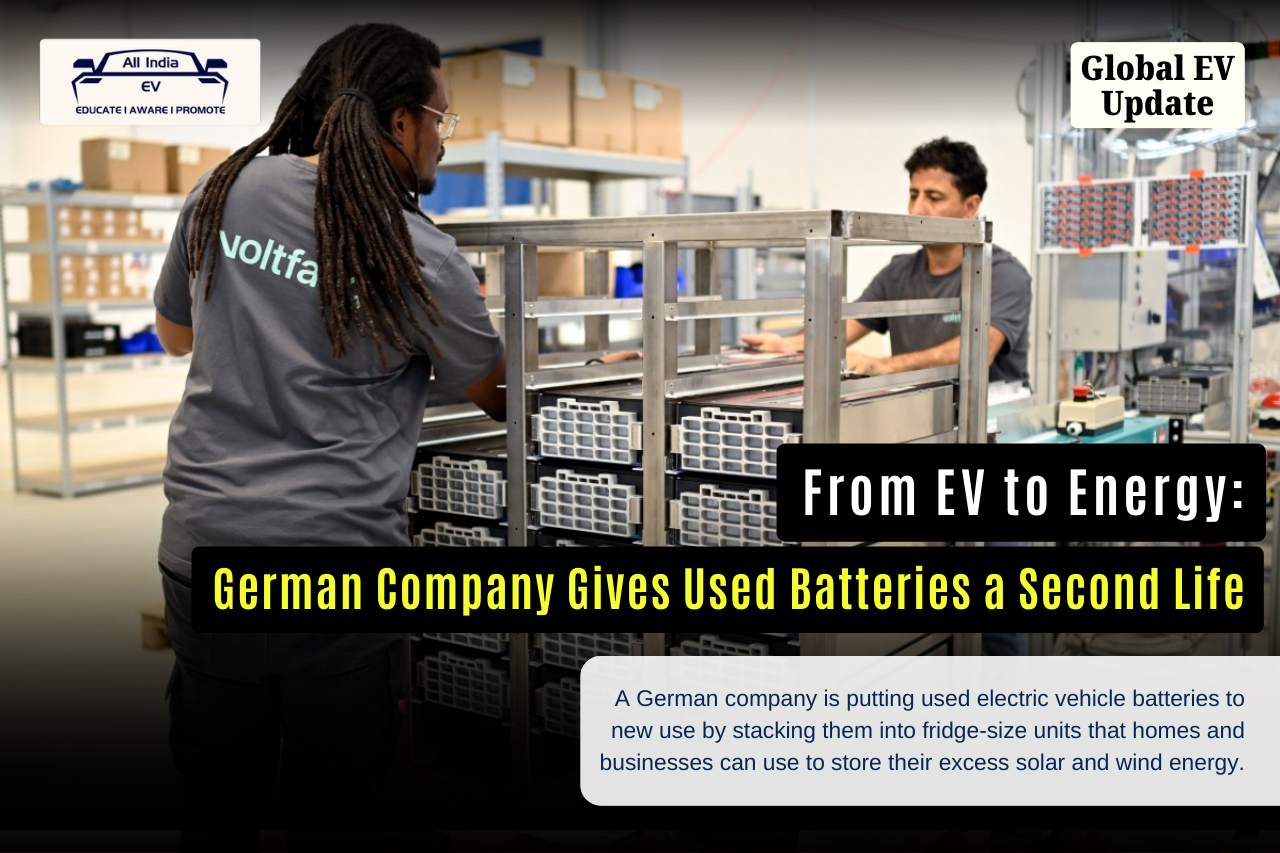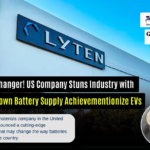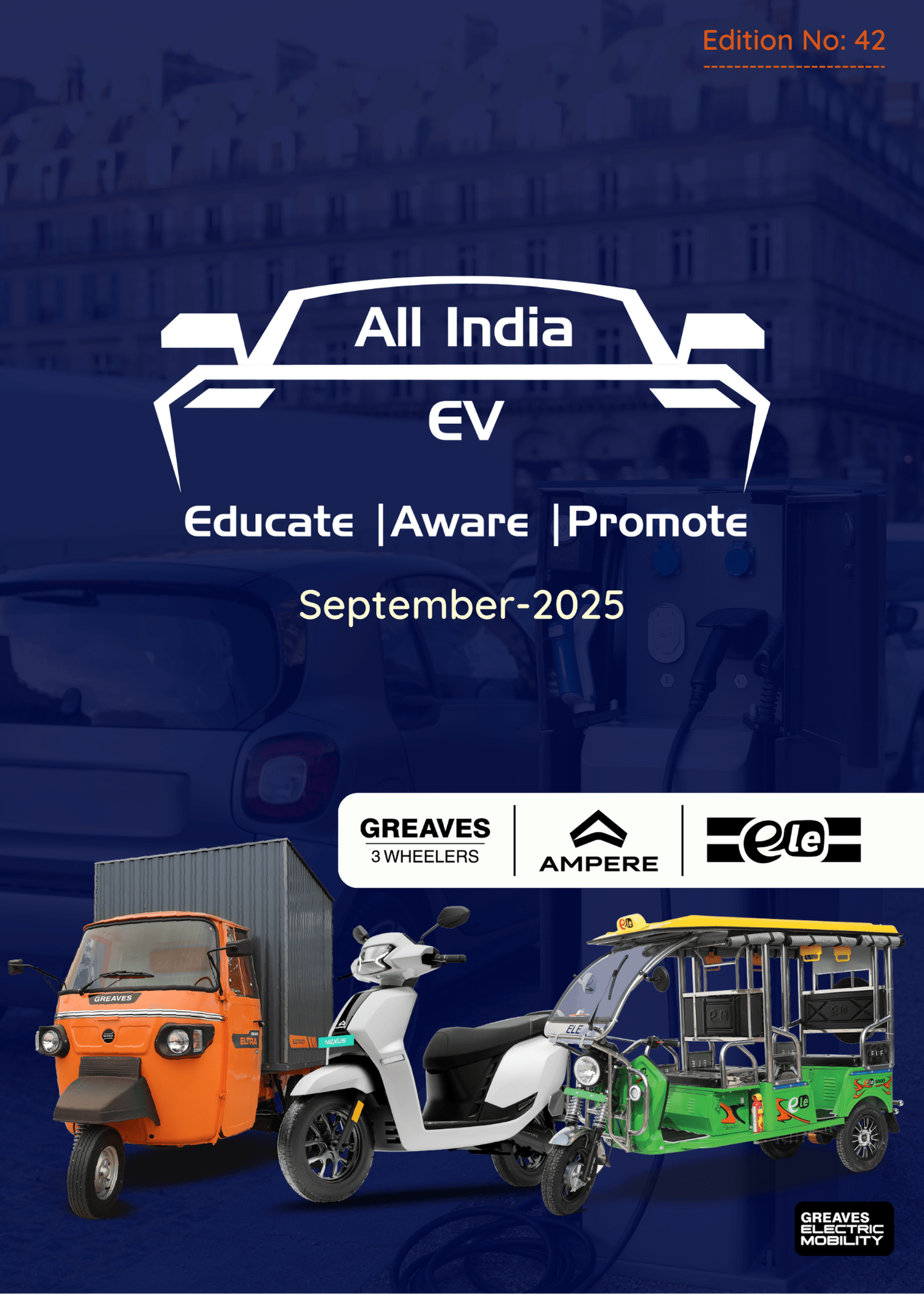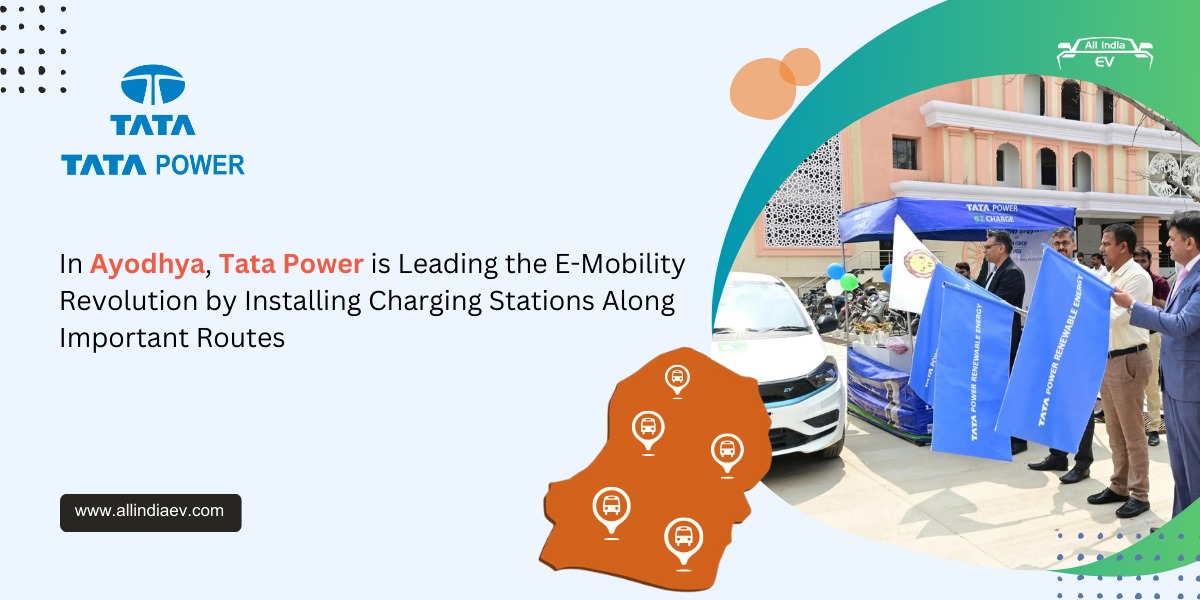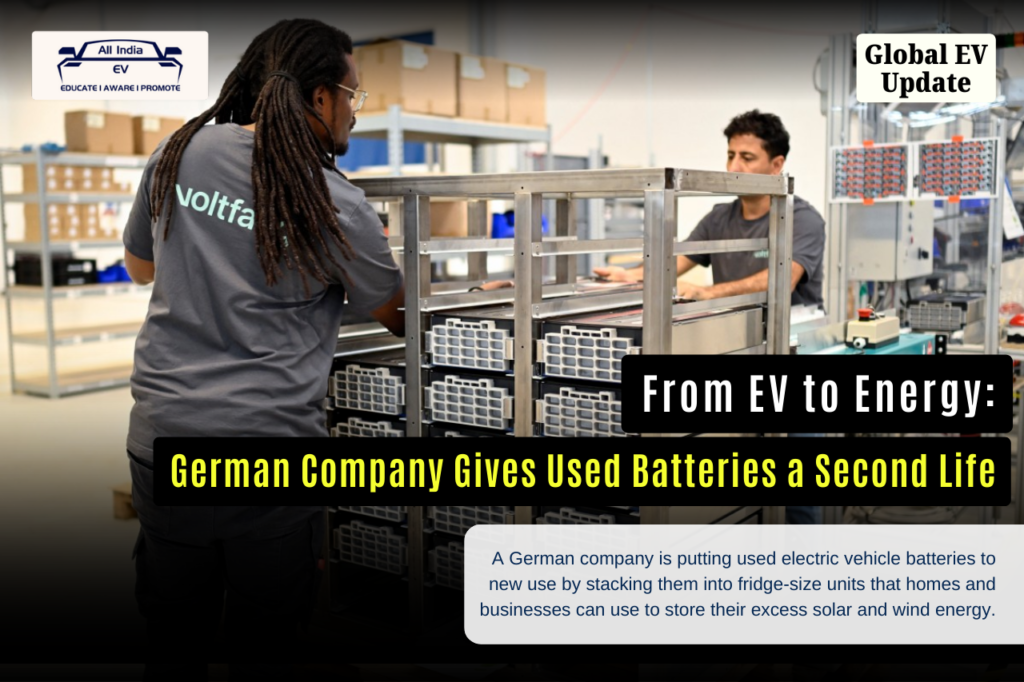
German Startup Voltfang Reuses EV Batteries for Energy Storage, Builds Europe’s Largest Facility
In a significant boost to Europe’s clean energy ambitions, German startup Voltfang has unveiled its first large-scale facility dedicated to refurbishing used electric vehicle (EV) batteries, transforming them into stationary energy storage units for homes and businesses.
The facility, located in Aachen near the Belgian and Dutch borders, employs around 100 people and is being billed as Europe’s largest site for giving EV batteries a “second life.” The company’s mission is to provide affordable and sustainable storage solutions to support the continent’s accelerating shift toward renewable energy.
“We want to ensure European sovereignty in energy supply by enabling renewable energy production through storage,” said David Oudsandji, 29, CEO of Voltfang. “The more renewable energy we use and store, the less dependent we become on fossil gas or oil.”
Turning Old EV Batteries Into New Assets
Inside the Aachen plant, technicians test used lithium-ion batteries removed from EVs to determine their remaining lifespan. Those in good condition are reconditioned and installed inside fridge-sized cabinets, effectively creating massive power banks to store surplus electricity generated by solar panels and wind farms.
Among Voltfang’s early customers is Aldi Nord, the discount supermarket chain, which plans to use these systems to store rooftop solar power for later use. This distributed storage approach allows energy to be generated, stored, and consumed locally, reducing strain on the grid.
Founded in 2020 by three engineering students, Voltfang aims to deliver one gigawatt-hour (GWh) of storage capacity annually by 2030, enough to meet the yearly electricity needs of 300 homes. The company expects to achieve profitability by next year.
Supporting Germany’s Energy Transition
Germany is undergoing its decades-old “Energiewende,” or energy transition, which targets 80% renewable power by 2030. Renewables already accounted for nearly 60% of electricity generation in 2024, but integrating fluctuating sources like solar and wind remains a challenge.
On days with little sunshine or wind — so-called “dark lulls” — Germany has occasionally had to import electricity from French nuclear plants or Polish coal facilities. To maintain stability, Chancellor Friedrich Merz’s government plans to build 20 new gas-fired plants by 2030, a move criticized by Greens and climate advocates as a setback to the nation’s 2045 carbon-neutrality goal.
Voltfang’s decentralized battery storage solution could help reduce reliance on fossil fuel backup by providing flexible, localized reserves of clean energy.
Circular Economy and Market Potential
Europe’s battery refurbishing sector is still emerging but is expected to grow rapidly. According to Marc Sauthoff of consultancy Roland Berger, Germany’s stationary storage market rose to 6 GWh of installed capacity by the end of 2024, up from 2.5 GWh in 2022.
“Small-scale distributed energy storage will play a major role in creating efficient, resilient energy systems,” Sauthoff said.
Still, Voltfang faces hurdles. Used EV batteries are in limited supply as most electric vehicles are relatively new. In addition, cheaper, more efficient new batteries — mostly from China — make market competition tougher.
Oudsandji concedes that testing and refurbishing batteries is more complex than simply installing new ones, but says the benefits far outweigh the difficulties.
“The big advantage is sustainability,” he said. “It is cheaper, supports a circular economy, and helps Europe remain independent in its resource supply.”
A Scalable Model for Global Adoption
If successful, Voltfang’s approach could serve as a model for other countries — including India — where EV adoption is accelerating and renewable energy generation is scaling up. Second-life battery systems not only reduce waste but also cut costs for grid operators, commercial facilities, and households looking to maximize clean energy usage.By combining circular economy principles with climate-friendly technology, Voltfang is demonstrating how Europe — and potentially India — can turn an end-of-life challenge into a powerful clean energy opportunity.


